WOW PARANAS,SAMAR
SAMAR ISLAND GUIDE: EXPLORER JONI A. BONIFACIO TEL: 055-2512301
CELL:09192943865 / 09053233572
WEBSITE: www.bonifaciojoni.blogspot.com
TOURISM INVENTORY IN PARANAS,SAMAR
DECEMBER 14-21, 2005
TEAM:
1. JONI A. BONIFACIO- EXPLORER/TEAM LEADER
2. SHERWIN S. ORBETA- EXPLORER/ DOCUMENTOR
3. NELSON LABRAGUE-EXPLORER
4. DIOVAN CABAGNAN
5. RAYAN MACARIOLA
SPOTS:
1. PHILIPPINE EAGLE LANDMARK
2. OLD MUNICIPAL HALL
3. RIZAL PARK
4. PARANAS CHURCH
5. BURAY LANDMARK
6. KINABUT-AN SPRINGS
7. VILLA SCOBER SPRING RESORT
8. NASARANG FALLS
9. SAN ISEDRO SPRING
10. LIAW CAVE
11. BERMUDA
12. DULOY SPRING
13 PANGPANG FALLS
14. QUARRY CAVE
15. SELAY CAVE
HISTORY:
Paranas
This is a town whose name has been changing, a recent municipal decision has restored the traditional name Paranas, after the town had been known as Wright. However, the townspeople still call it Paranas though in the early 20th century the town was renamed after the American governor general Wright.
In 1655, Paranas appears in Miguel Solana’s 1655 report on the Jesuit mission and in Colin, a year later, 1656. Solana reports that there were 4 priests, Melchor de los Reyes, Baltasar de Porticela, Ignacio Alcina, and Matiás de Montemayor working in the 6 villages of Samar, Paranas among them. Colin reports that each village had its own church.
Paranas’s building history is obscure until the expulsion.
In 1768, Franciscan Miguel Rico took charge of the parish. Huerta reports that “the church, under the advocacy of the Holy Apostles Peter and Paul, is of stone and constructed by the Jesuits, but it was burnt later.” Huerta does not say when.
In 1835, The church was burnt, apparently a second time, but was rebuilt by Fray León de Tambleque. He also constructed a convento of wood.
Heritage sites:
Church—In Paranas there stands a church so near the sea that without the retaining wall recently built before it the church would have fallen into the sea as did the plaza and the town hall that had been built in front of it. How much of Paranas traces back to Jesuit times is unclear but certainly the church shows signs of poor construction possibly pointing to a period when the art of stone architecture had not yet been mastered by the Samareños. Large blocks of sandstone have been loosely mortared in place. The fabric may been covered by a layer of paletada aplanada or stucco.
Convento—An old convento, though greatly renovated, stands behind the church. But oral tradition states that this was not the convento from Spanish times, as this stood on a lot parallel to the present church.
Fort—A ruined fort stands on a hill beside the church. No dates are available for these structures.



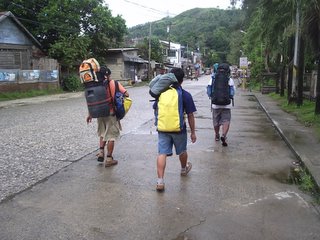

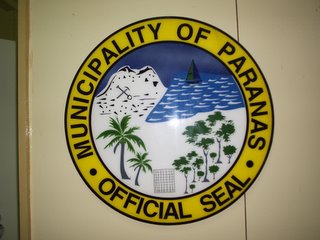


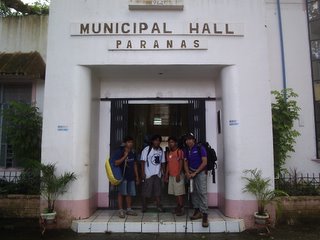


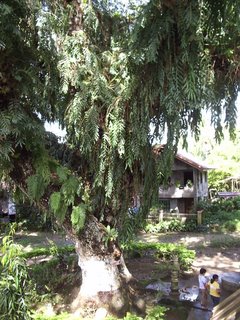

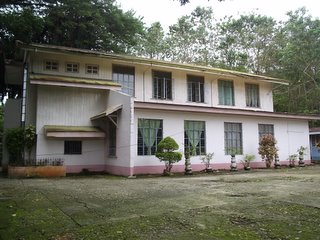
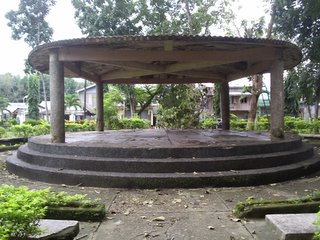








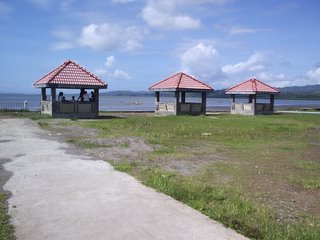





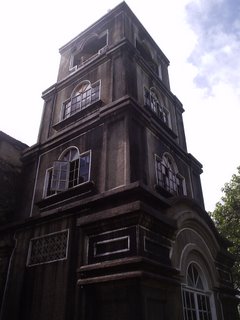

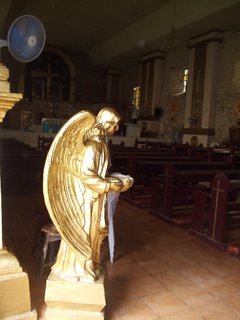


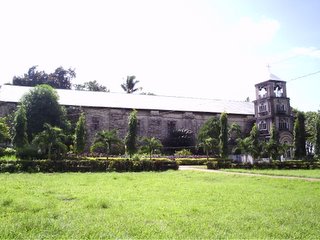
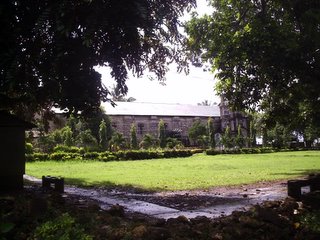
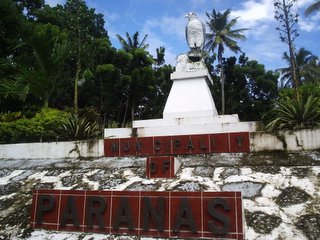




















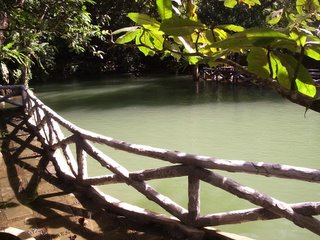
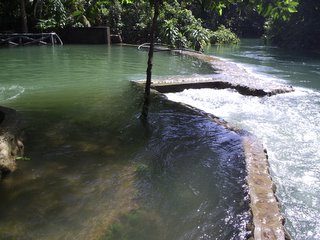




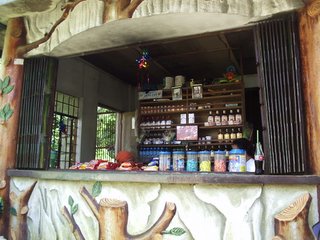


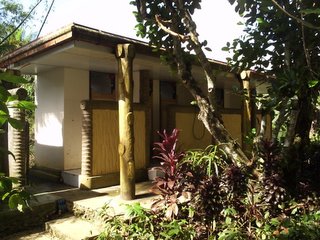

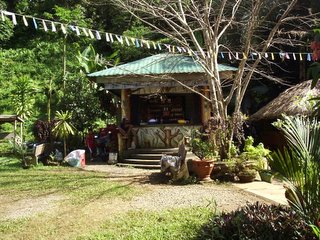






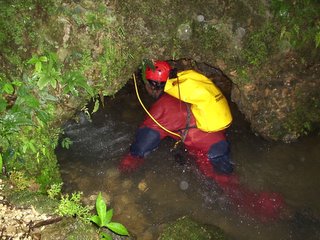
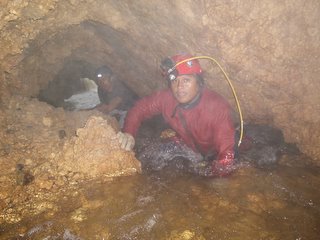

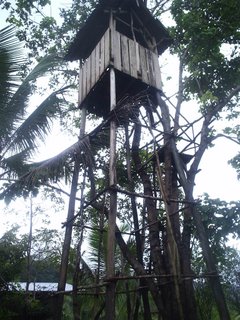
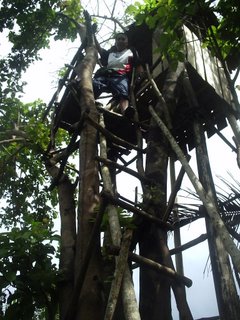



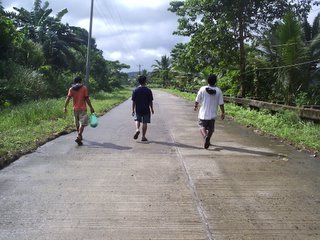



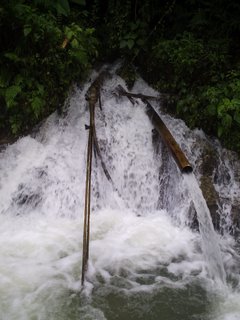






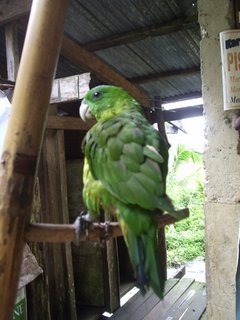


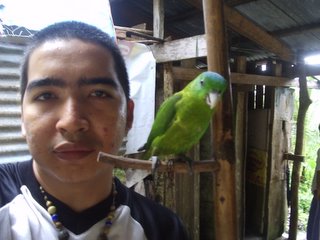
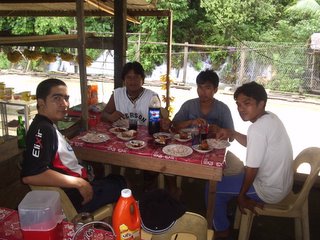
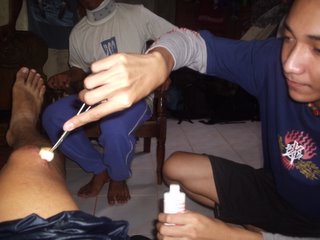


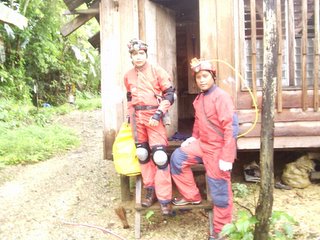

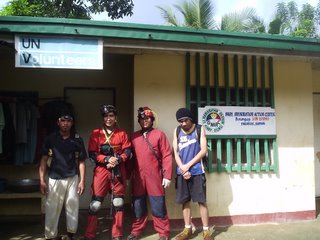






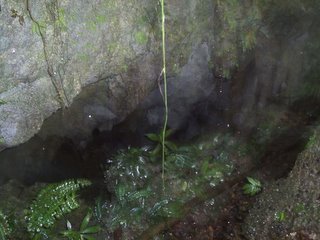


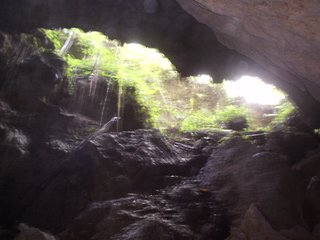




















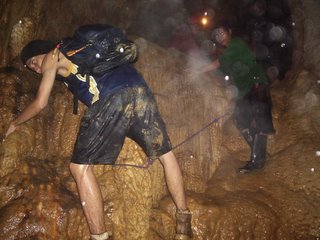
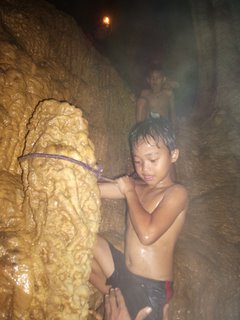






















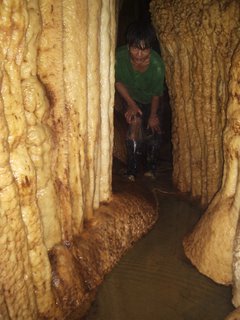



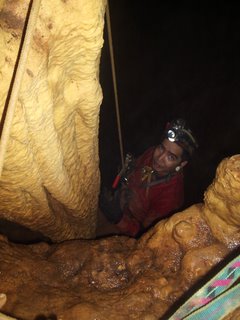
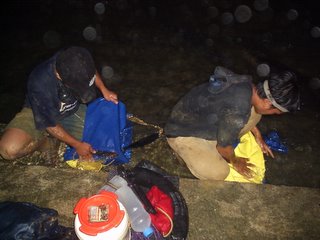





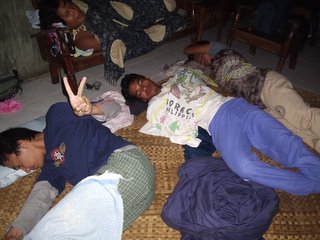







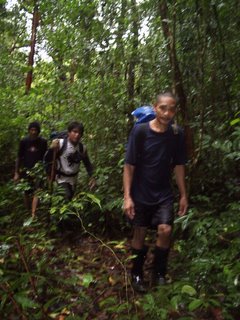





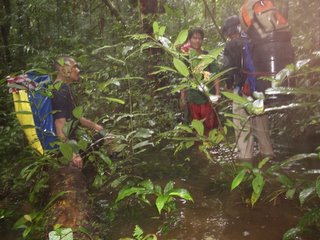











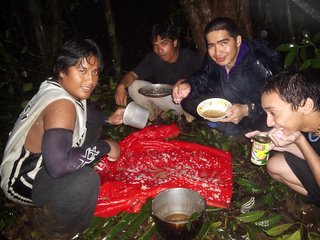



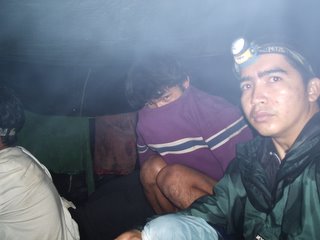












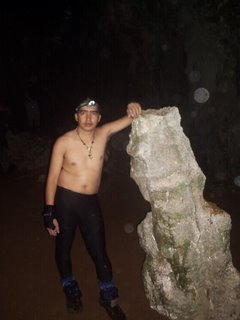



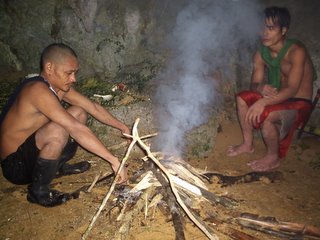




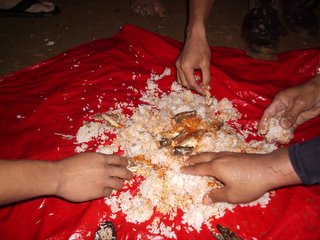



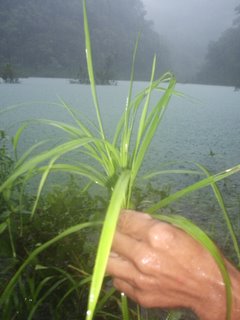
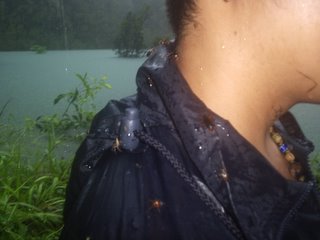
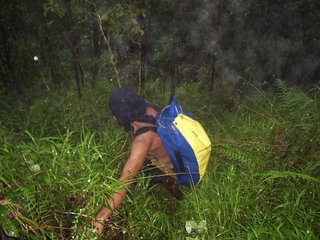

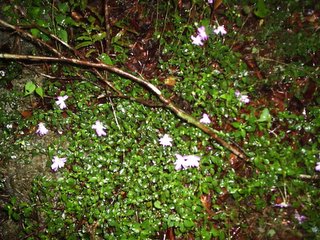





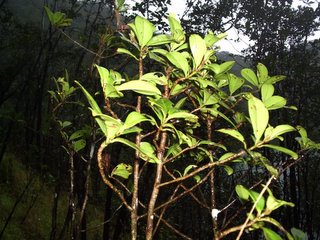
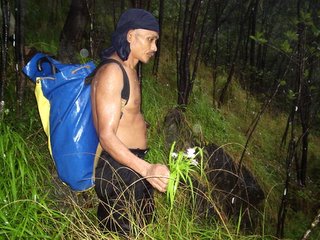



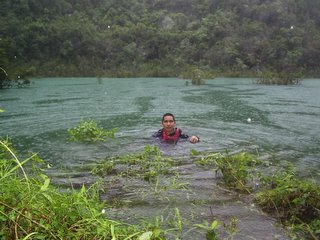



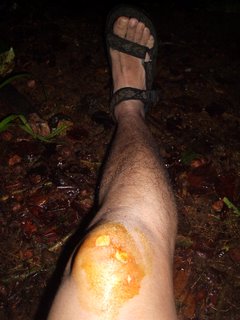


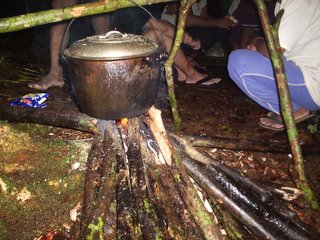
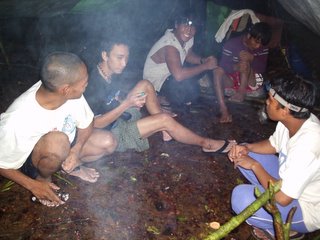






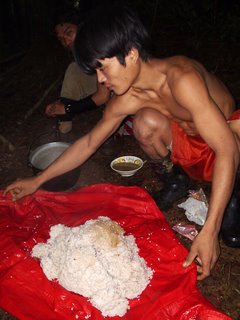


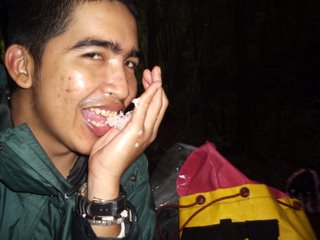
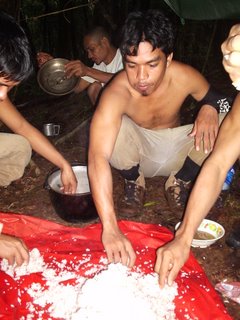



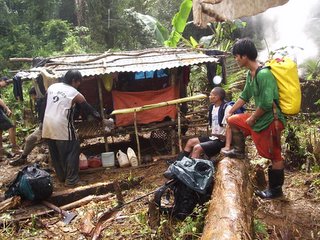





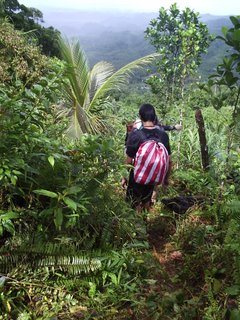




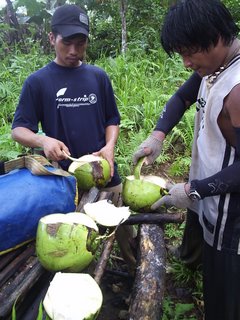
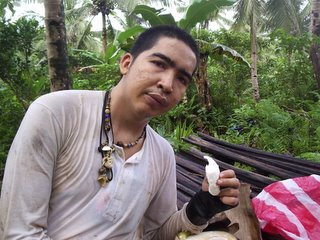

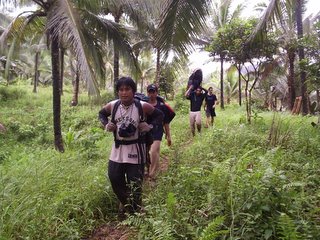
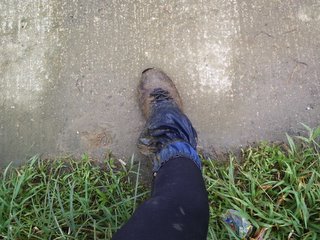
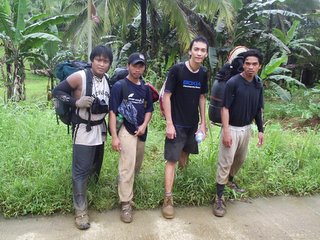


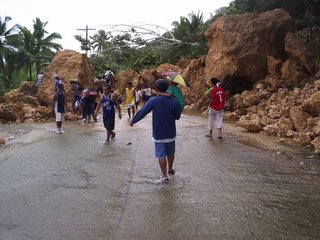
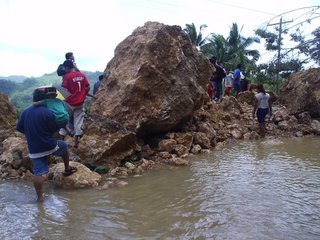

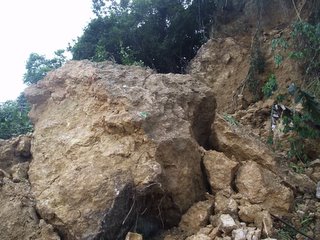
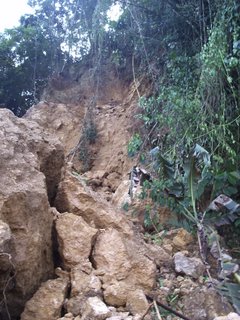
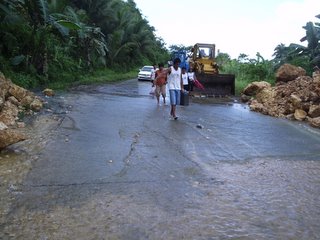









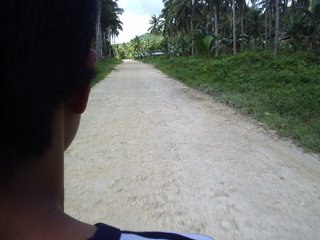
















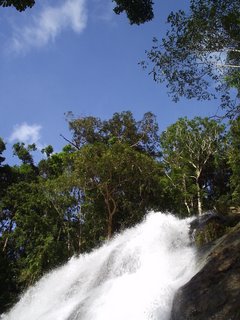










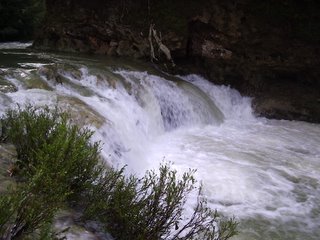
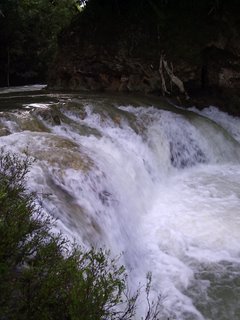

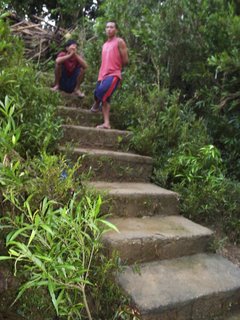




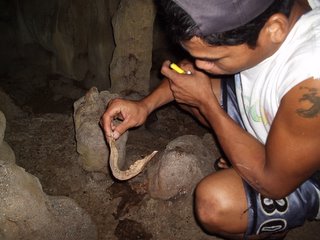

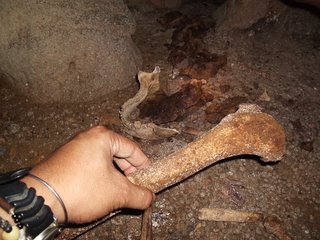


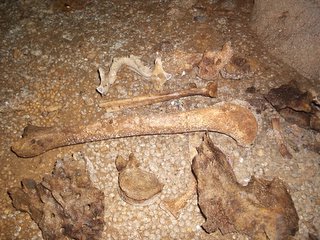
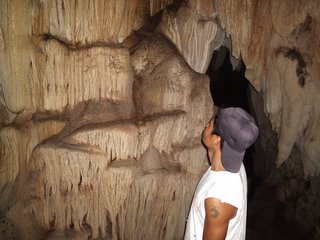



















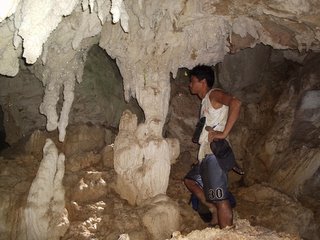






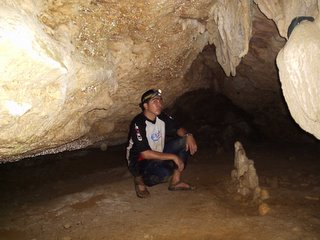
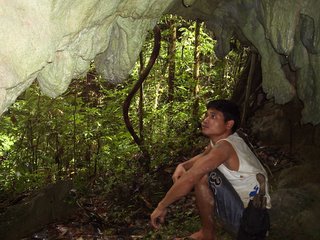




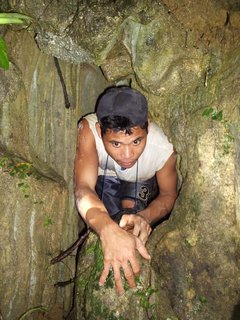



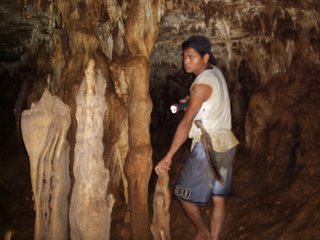




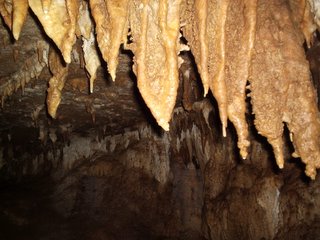

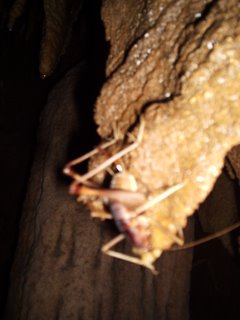

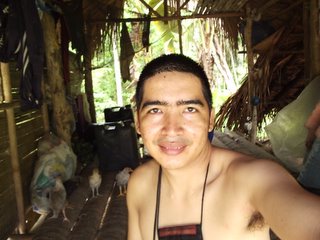
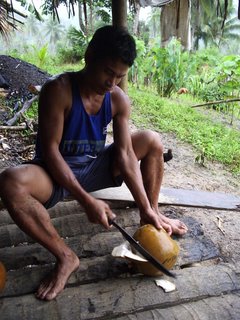




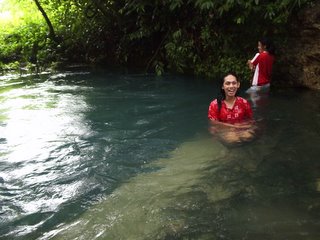



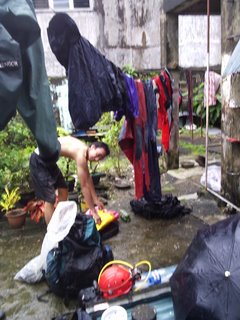

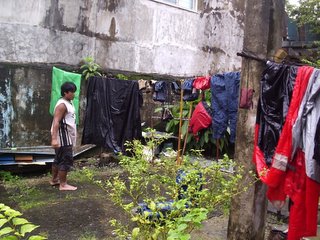
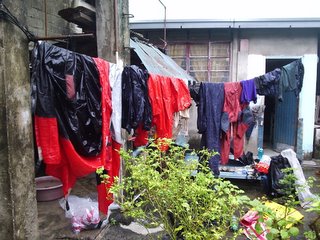
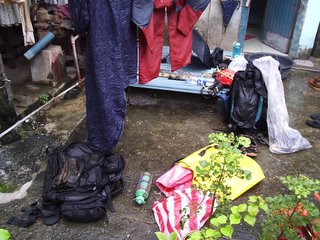




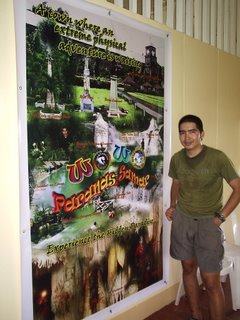

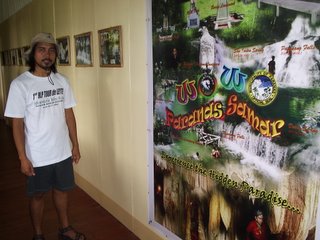
THE UNSEEN PARADISE OF PARANAS
By Nimfa Cruz Patawaran
Paranas, Samar- The Foreign cave explorers described Samar as the caving capital of the country. There are hundred caves in the Island of Samar that had been scientifically recorded. The foreign cavers believed that there are still hundreds of caves waiting to be explored.
These words and documentations were proven true when The Trexplore team spearheaded by Joni Bonifacio asked me to go with them to uncover the hidden beauty of Paranas.
Paranas is located at the Western part of Samar, it is more or less 72 kilometers away from the heart of Tacloban. It could be reached by land thru a public/private utility vehicle.
For me, it is a dream come true- to explore an unexplored cave. The Li-aw Cave is the very first cave that I went to. It is located in Barangay San Isidro a few kilometers away from the town proper.
Boarding a single motorcycle for hire locally known as “habal-habal”, we reached Barangay San Isidro after a one-hour ride (as estimated).
We were welcomed by the good hospitality of the people there that even volunteered to guide us to Li-aw cave.
The cave can be reached after an hour walk from the barangay proper. The surrounding was therapeutic as the cool breeze of the mountain brushed into my face. I felt really different being away from the noisy and crowded streets of the city.
After the one-hour journey, we finally reached the opening of the cave. I was so overwhelmed that I finally reached the mouth of a cave. I was really excited to see what is in the darkness. We finally went inside with my knees trembling for the ground was slippery and wet. It seemed that it was raining inside the cave as big droplets falls unto our heads. Karsts formations struck me with awe for I could not believe that being several feet under the ground, marvels of brilliant stalagmites and stalactites, which were formed hundred of years ago can take my breath away. The cave was 300 meters in length and 5 meters in width as estimated by Joni.
I was glad that I was able to get out of the cave unharmed since the cave is also a home to some insects and animals that love to live in dark cold places. We were covered by mud since we have to crawl out from small holes to get through the next chamber.
We cleansed our selves in the freshness of “Nasarang Falls”. It is a 20-minute walk away from the end opening of the Li-aw cave. The local folks called it “Nasarang” because water from all directions exited in one point.
As we were splashing to our hearts delight, one of the food stop owner gave us some “Sab-a” bananas.
It seems that San Isidro has more beautiful sceneries to offer, for we found ourselves in the heart of “San Isidro Spring.” The spring is a potential tourist spot.
On the second day of the exploration, our team continued despite of the heavy rainfall, floods and landslide to unveil the hidden paradise of Paranas.
We proceed to Barangay Kasandig to explore three more caves; these are the caves of “Kantikoy, Salay” and “Quarry”. In Quarry cave, we saw a human skeleton formation.
However, we were not able to finish the trail for it was flooded and we still value our lives. We then continued our walk for 30-40 more minutes and another cold spring met our eyes. The “Duloy” cold spring is situated along the highway just before Brgy. Lawaan.
Our journey was not over yet for Joni decided to explore the “Bermuda grass” found in somewhere in the middle of the forest. It is a two to three day walk from San Isidro and honestly, my physical endurance and determination was about to give up but being a nature lover and future tourist guide (sana), I have to discipline myself and continue the exploration.
But suddenly after the extreme walking, resting and sleeping in the forest we were disappointed for the 20-hectare Bermuda grass was no longer in sight because of the heavy rain, obviously the place was flooded. We saw limited variety of fauna because of the flood was very deep. It can swallow a five-foot tall person.
The 20-hectare Bermuda was a wonder to the local folks since it grows in the middle of the forest. The place was first discovered by the people of Tinane, (another barangay of Paranas) and called it “the land of no return” because they believed that the place was enchanted.
We saw wild pigs and tall trees that can only be found there. Two unnamed caves can be found there but we were unable to explore them because of the flood.
The team just decided to go home and promise to return in the summer season where the land is dry so we can keep our feet steady and firm on the ground.
CELL:09192943865 / 09053233572
WEBSITE: www.bonifaciojoni.blogspot.com
TOURISM INVENTORY IN PARANAS,SAMAR
DECEMBER 14-21, 2005
TEAM:
1. JONI A. BONIFACIO- EXPLORER/TEAM LEADER
2. SHERWIN S. ORBETA- EXPLORER/ DOCUMENTOR
3. NELSON LABRAGUE-EXPLORER
4. DIOVAN CABAGNAN
5. RAYAN MACARIOLA
SPOTS:
1. PHILIPPINE EAGLE LANDMARK
2. OLD MUNICIPAL HALL
3. RIZAL PARK
4. PARANAS CHURCH
5. BURAY LANDMARK
6. KINABUT-AN SPRINGS
7. VILLA SCOBER SPRING RESORT
8. NASARANG FALLS
9. SAN ISEDRO SPRING
10. LIAW CAVE
11. BERMUDA
12. DULOY SPRING
13 PANGPANG FALLS
14. QUARRY CAVE
15. SELAY CAVE
HISTORY:
Paranas
This is a town whose name has been changing, a recent municipal decision has restored the traditional name Paranas, after the town had been known as Wright. However, the townspeople still call it Paranas though in the early 20th century the town was renamed after the American governor general Wright.
In 1655, Paranas appears in Miguel Solana’s 1655 report on the Jesuit mission and in Colin, a year later, 1656. Solana reports that there were 4 priests, Melchor de los Reyes, Baltasar de Porticela, Ignacio Alcina, and Matiás de Montemayor working in the 6 villages of Samar, Paranas among them. Colin reports that each village had its own church.
Paranas’s building history is obscure until the expulsion.
In 1768, Franciscan Miguel Rico took charge of the parish. Huerta reports that “the church, under the advocacy of the Holy Apostles Peter and Paul, is of stone and constructed by the Jesuits, but it was burnt later.” Huerta does not say when.
In 1835, The church was burnt, apparently a second time, but was rebuilt by Fray León de Tambleque. He also constructed a convento of wood.
Heritage sites:
Church—In Paranas there stands a church so near the sea that without the retaining wall recently built before it the church would have fallen into the sea as did the plaza and the town hall that had been built in front of it. How much of Paranas traces back to Jesuit times is unclear but certainly the church shows signs of poor construction possibly pointing to a period when the art of stone architecture had not yet been mastered by the Samareños. Large blocks of sandstone have been loosely mortared in place. The fabric may been covered by a layer of paletada aplanada or stucco.
Convento—An old convento, though greatly renovated, stands behind the church. But oral tradition states that this was not the convento from Spanish times, as this stood on a lot parallel to the present church.
Fort—A ruined fort stands on a hill beside the church. No dates are available for these structures.
























































































































































































































































































































































































































THE UNSEEN PARADISE OF PARANAS
By Nimfa Cruz Patawaran
Paranas, Samar- The Foreign cave explorers described Samar as the caving capital of the country. There are hundred caves in the Island of Samar that had been scientifically recorded. The foreign cavers believed that there are still hundreds of caves waiting to be explored.
These words and documentations were proven true when The Trexplore team spearheaded by Joni Bonifacio asked me to go with them to uncover the hidden beauty of Paranas.
Paranas is located at the Western part of Samar, it is more or less 72 kilometers away from the heart of Tacloban. It could be reached by land thru a public/private utility vehicle.
For me, it is a dream come true- to explore an unexplored cave. The Li-aw Cave is the very first cave that I went to. It is located in Barangay San Isidro a few kilometers away from the town proper.
Boarding a single motorcycle for hire locally known as “habal-habal”, we reached Barangay San Isidro after a one-hour ride (as estimated).
We were welcomed by the good hospitality of the people there that even volunteered to guide us to Li-aw cave.
The cave can be reached after an hour walk from the barangay proper. The surrounding was therapeutic as the cool breeze of the mountain brushed into my face. I felt really different being away from the noisy and crowded streets of the city.
After the one-hour journey, we finally reached the opening of the cave. I was so overwhelmed that I finally reached the mouth of a cave. I was really excited to see what is in the darkness. We finally went inside with my knees trembling for the ground was slippery and wet. It seemed that it was raining inside the cave as big droplets falls unto our heads. Karsts formations struck me with awe for I could not believe that being several feet under the ground, marvels of brilliant stalagmites and stalactites, which were formed hundred of years ago can take my breath away. The cave was 300 meters in length and 5 meters in width as estimated by Joni.
I was glad that I was able to get out of the cave unharmed since the cave is also a home to some insects and animals that love to live in dark cold places. We were covered by mud since we have to crawl out from small holes to get through the next chamber.
We cleansed our selves in the freshness of “Nasarang Falls”. It is a 20-minute walk away from the end opening of the Li-aw cave. The local folks called it “Nasarang” because water from all directions exited in one point.
As we were splashing to our hearts delight, one of the food stop owner gave us some “Sab-a” bananas.
It seems that San Isidro has more beautiful sceneries to offer, for we found ourselves in the heart of “San Isidro Spring.” The spring is a potential tourist spot.
On the second day of the exploration, our team continued despite of the heavy rainfall, floods and landslide to unveil the hidden paradise of Paranas.
We proceed to Barangay Kasandig to explore three more caves; these are the caves of “Kantikoy, Salay” and “Quarry”. In Quarry cave, we saw a human skeleton formation.
However, we were not able to finish the trail for it was flooded and we still value our lives. We then continued our walk for 30-40 more minutes and another cold spring met our eyes. The “Duloy” cold spring is situated along the highway just before Brgy. Lawaan.
Our journey was not over yet for Joni decided to explore the “Bermuda grass” found in somewhere in the middle of the forest. It is a two to three day walk from San Isidro and honestly, my physical endurance and determination was about to give up but being a nature lover and future tourist guide (sana), I have to discipline myself and continue the exploration.
But suddenly after the extreme walking, resting and sleeping in the forest we were disappointed for the 20-hectare Bermuda grass was no longer in sight because of the heavy rain, obviously the place was flooded. We saw limited variety of fauna because of the flood was very deep. It can swallow a five-foot tall person.
The 20-hectare Bermuda was a wonder to the local folks since it grows in the middle of the forest. The place was first discovered by the people of Tinane, (another barangay of Paranas) and called it “the land of no return” because they believed that the place was enchanted.
We saw wild pigs and tall trees that can only be found there. Two unnamed caves can be found there but we were unable to explore them because of the flood.
The team just decided to go home and promise to return in the summer season where the land is dry so we can keep our feet steady and firm on the ground.
